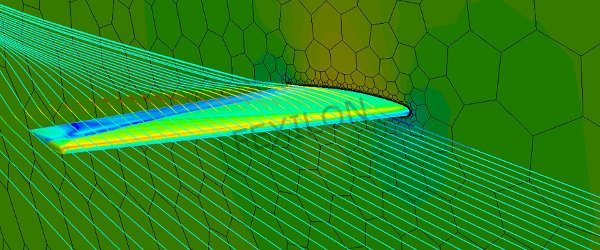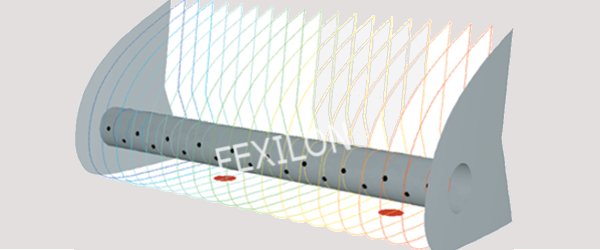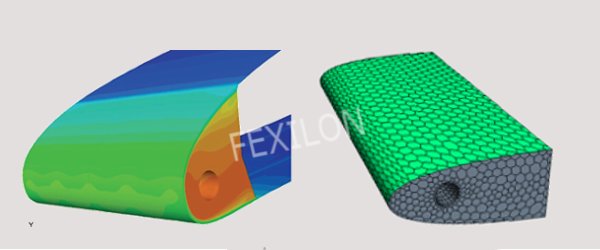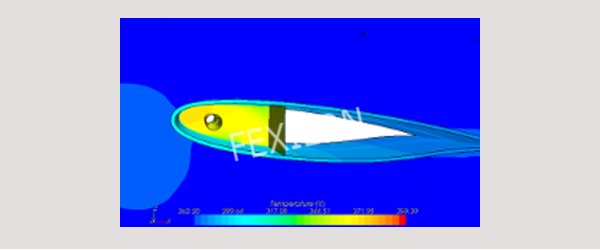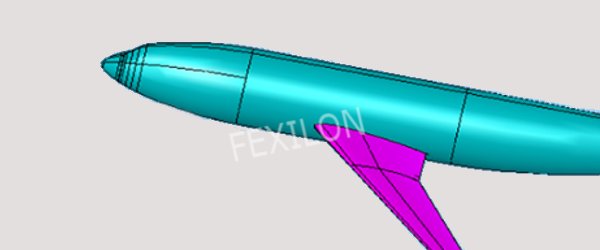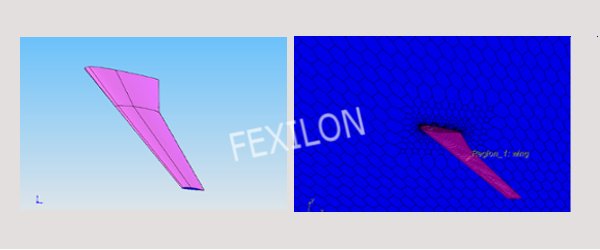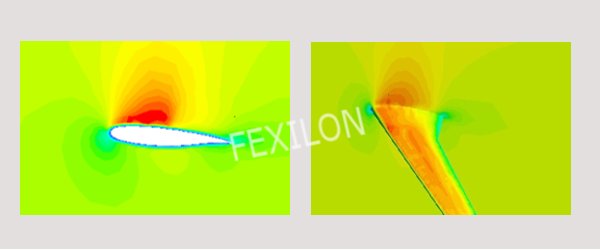Icing alters the shape and surface characteristics of aircraft components, which results in altered aerodynamic forces and moments caused by air flow over those iced components. The typical effects of icing are increased drag, reduced stall angle of attack , and reduced maximum lift. In this analysis, the leading-edge and the piccolo type thermal anti-icing bay of an aircraft wing is simulated using computational fluid dynamics (CFD) for a range of inlet-temperatures and the flow-rates of the heating fluid. Furthermore, the bay skin temperature distributions are obtained by an integrated conjugate heat-transfer (CHT) analysis. It takes into account the skin heat transfer and conductivity. Finally the optimal flow-rates and temperatures of the heating-fluid are obtained for the Piccolo tube based anti-icing system.

